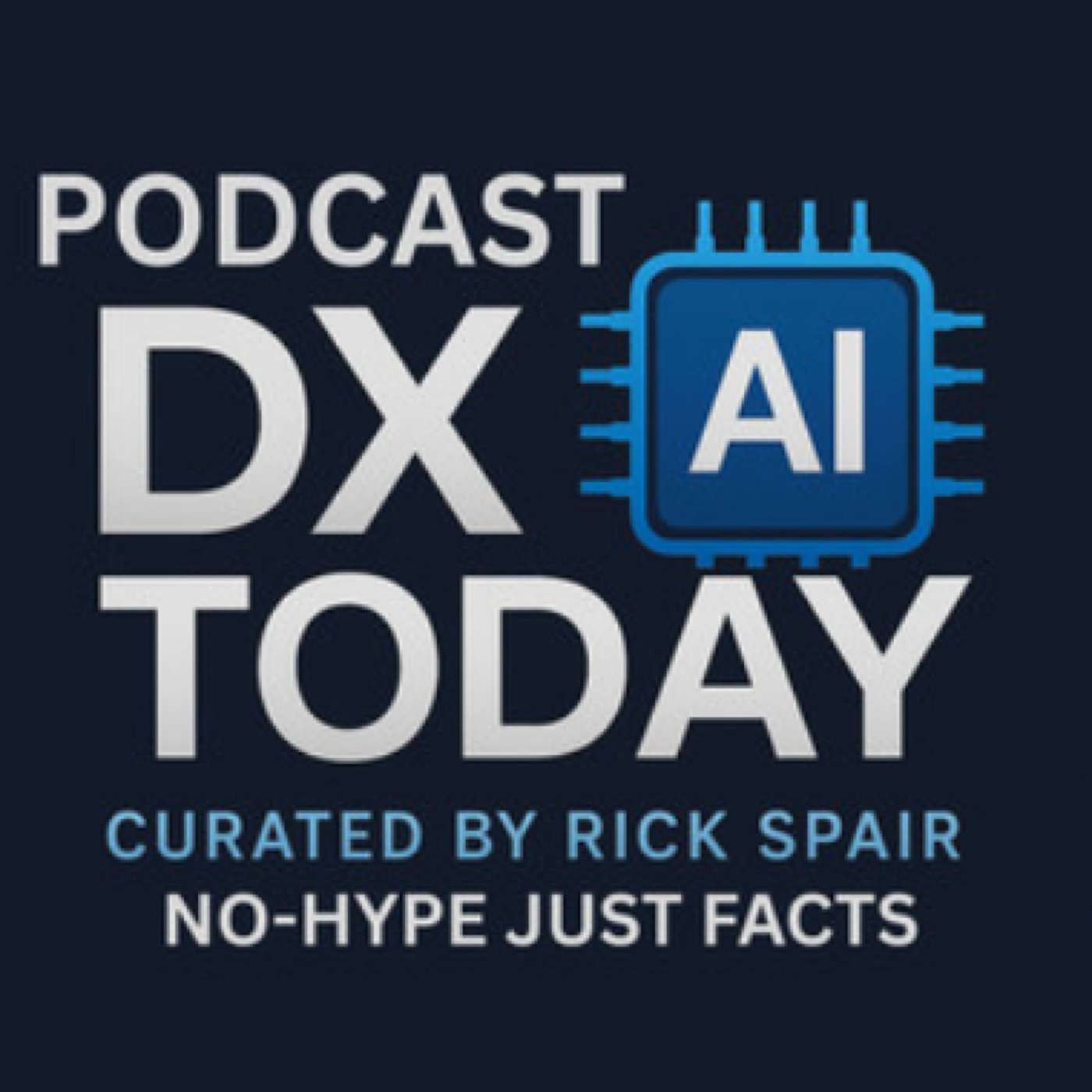🤖 AI Actors Versus Human Actors: Hollywood's Algorithmic Future
Description
The entertainment industry is undergoing a fundamental transformation driven by generative Artificial Intelligence (AI). The central conflict shaping this new era is the immense economic pressure on studios to adopt AI for cost efficiency clashing with formidable new barriers erected by labor agreements and U.S. copyright law. While AI's potential to slash production budgets is staggering, the notion of a simple, unilateral replacement of human actors is a misreading of the current landscape.
The 2023 Screen Actors Guild-American Federation of Television and Radio Artists (SAG-AFTRA) strike was a watershed moment, establishing a comprehensive contractual framework built on informed consent, specific compensation, and direct bargaining for any use of an actor's digital replica. This agreement did not halt the advance of AI but instead monetized it for performers, transforming their digital likenesses into a new, negotiable, and legally protected asset class.
Simultaneously, the "human authorship" requirement in U.S. copyright law presents a paradoxical risk for studios. Works generated autonomously by AI cannot be copyrighted, making the creation of purely synthetic characters who could become valuable intellectual property (IP) a legally precarious and financially risky endeavor. This reality makes licensing the legally protected likeness of a human actor a safer, more strategically sound investment for building franchise value.
Consequently, the future of Hollywood is not one of simple replacement but of complex and legally fraught integration. The industry is entering a hybrid era where A-list actors will license their digital selves, a new "middle class" of performers will find union-protected work animating synthetic characters, and studios will navigate a landscape where the value of a digital likeness, governed by negotiated consent, becomes a central asset.





